Why is it That a Food Processor Leaks?
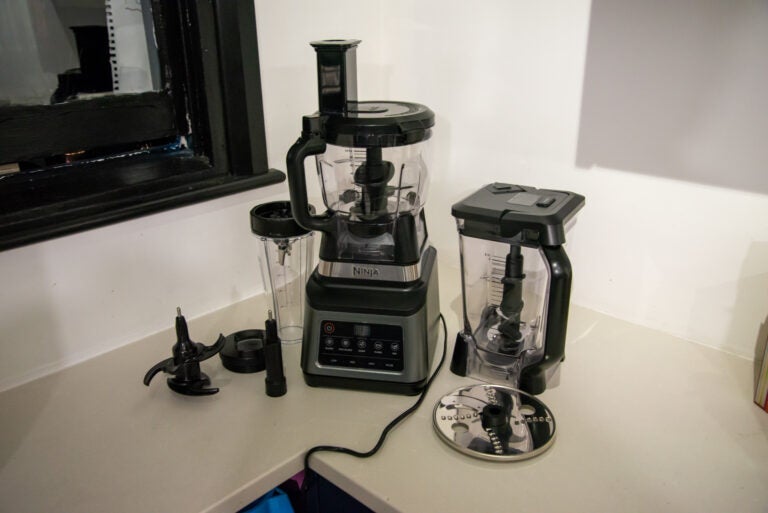
Why Does a Food Processor Leak and How Can It Be Prevented?
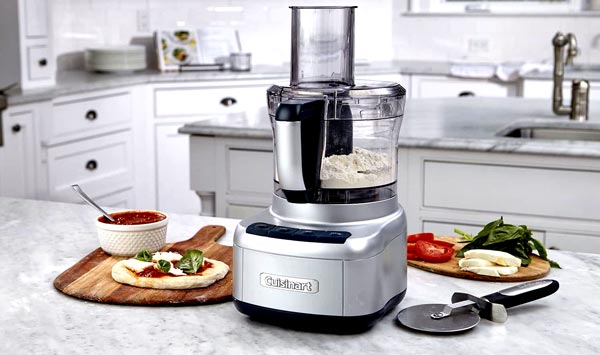
A food processor is a must-have piece of kitchen equipment for many people. As a result, discovering that the appliance is leaking might cause aggravation. Overfilling, using the wrong blade, a damaged lid, a defective seal, or bowl damage are all possible causes for your food processor to leak. These flaws are relatively straightforward to detect and rectify without replacing the entire machine, which is a simple approach to save both time and money.
Is It Possible to Process Liquid in a Food Processor?
If you own a food processor, you may be wondering whether you should put liquid in it. Soup, for example, maybe handled by food processors. Keep in mind not to add any more liquid than is necessary. Fill the container until the “fill” line on the side is reached. If you go past that threshold, the liquid may spill out the sides or possibly the top.
Keep in mind that a food processor does not function in the same manner that a blender does. Adding liquid to the food processor is not customarily suggested, despite the guideline stated above. Soups and other liquids, on the other hand, should be left in the blender. You can’t overfill a food processor. You’d have to combine the soup in many batches. Furthermore, even if you don’t overfill it, the food processor will be fairly “harsh” when blending the components, resulting in some leaks. Blenders contain considerably smaller and sharper blades that spin at a higher pace, allowing the soup to mix evenly while it flows. Food processors contain numerous blades, but they are generally flatter and broader, and they are designed for chopping solid meals rather than liquids.
Why does your Food Processor leak?
A food processor leaking is not unusual. It is a problem that many individuals face, and it can be highly aggravating at times. So, if you’ve encountered this issue, you’ll need to figure out what’s causing it. Here are a few reasons why your unit may begin to leak:
Overfilling
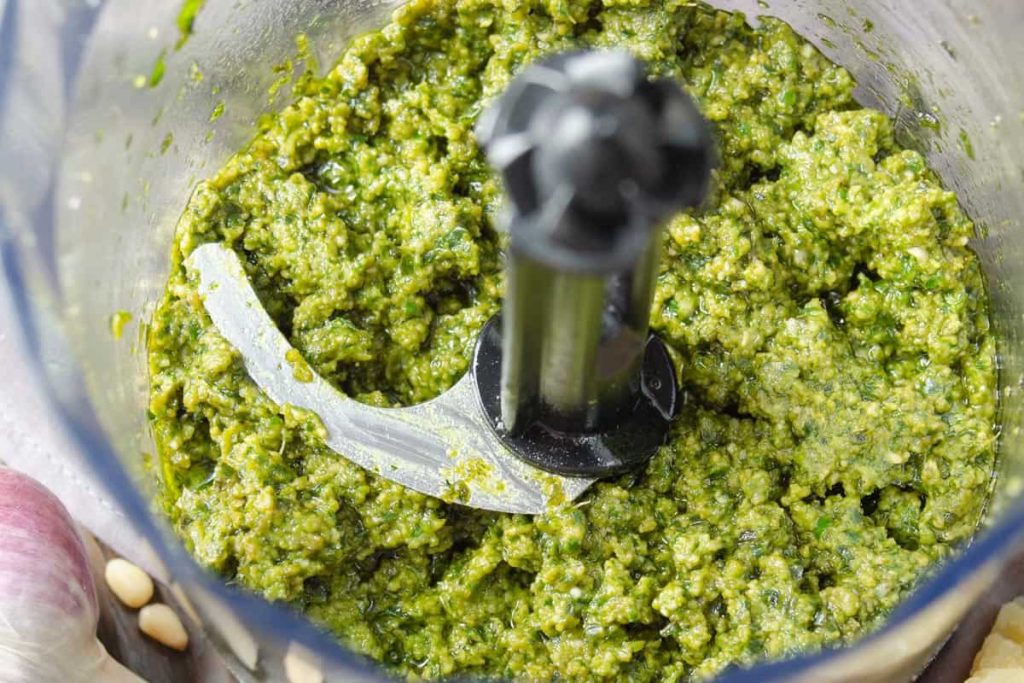
If you have a nice food processor, you might think that putting some soup inside isn’t such a horrible idea. However, it becomes a bad idea if you wind up filling the bowl more than necessary. Every food processor features a “fill” line that shows where to stop when filling the bowl. Going over that threshold will leak since the device will agitate the liquid. As a result, if you’re making soup in the food processor and it begins leaking, turn it off and inspect the bowl. Is the liquid overflowing the fill line? If it is, that is unquestionably the cause.
Broken Lid
Food processors include lids designed to keep the contents and the machine from messing in the surrounding area. However, lids may not endure indefinitely. They break, leading to leaks in some instances, especially if liquids are added within.
If you are certain that you did not overfill the food processor, inspect the cover to see if it has any cracks. If you discover any cracks, it is most likely the lid causing the issue.
Dry Seals
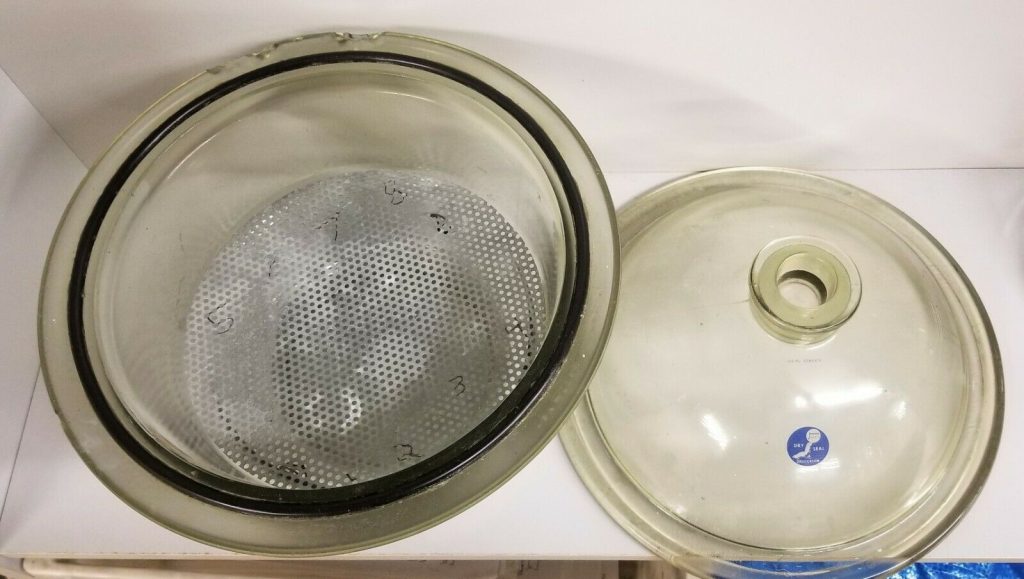
Food processors contain seals, which might be the source of your unit’s leak. They tend to grow dry and brittle with time, and leaks may develop. Disassemble the unit and inspect the seals. If they are dry, your unit may have begun to leak.
Incorrect Blade Application
Some individuals are unaware that some items can only be utilized within the food processor if the proper type of blade is employed at the time of processing. If you want to add soup to your food processor, use the multifunctional blade. Leakage is more likely to use a different blade type, such as an egg whip. So, if your processor leaks, switch it off and inspect the blade you’re using. If you’ve connected the incorrect type, the gadget may be causing havoc everywhere.
Bowl Damages
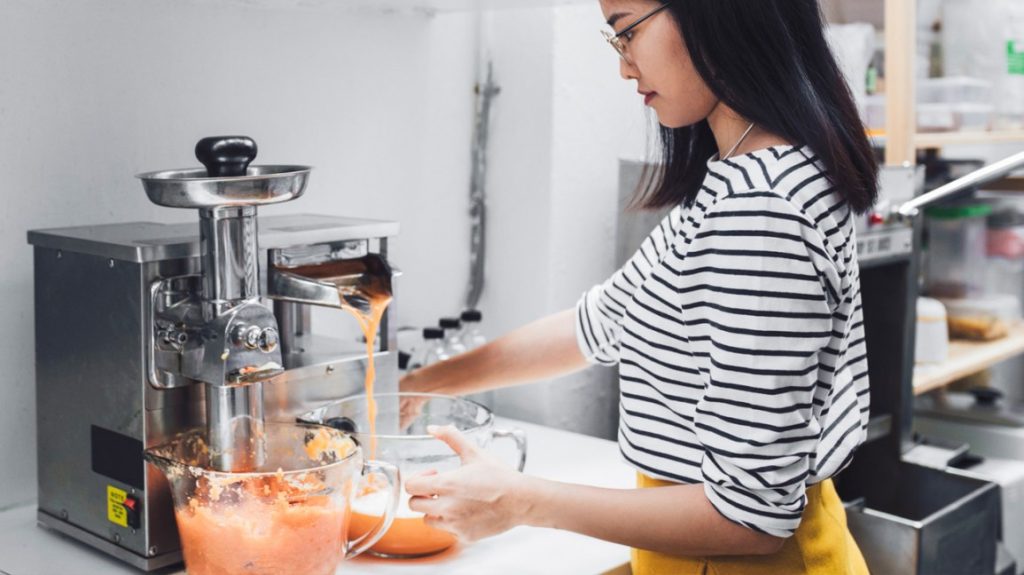
If the bowl is not handled with care, it may sustain damage or cracks – and the same is true if it is stored in the wrong spot. So, if you discover that your unit is leaking, inspect the bowl thoroughly and examine every place. Do you see any cracks? If you do, that must be the cause of the liquid leaking from the device.
How Do You Repair A Leaking Food Processor?
Did your food processor begin to leak due to any of the factors stated above? In that scenario, you must resolve the problem and ensure it does not reoccur. Here are the solutions to the previously mentioned issues:
Overcrowding Problem
It’s not unexpected that your unit began leaking if you overfilled it because the “fill” line is there for a reason. As a result, make sure you get rid of part of the liquid from within by pouring it into another container - continue this until the liquid reaches below the fill line. Once you’ve done this, you may be confident that the food processor will no longer leak.
Broken lid
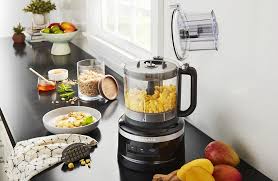
Having a broken cover is inconvenient whether you overfilled your food processor or not. Leaks can occur quickly as a result of cracks. As a result, it is vital to treat the problem as quickly as feasible. That’s why a cracked lid should be replaced with a new functional one. Remove the food processors’ big and small pushers, as well as the top. Then, add the new one and return the pushers to their original positions.
Dry seals
Dry seals and seal rings will also need to be replaced from time to time. Otherwise, the device will continue to leak and cause chaos all over the place. If you need to replace these parts, disconnect the equipment and remove the screws. These are the ones that hold the base cover in place. Therefore you must remove them if you wish to replace the old seals with new ones. After you’ve installed the new ones, you may replace the screws.
Incorrect Blade
As previously stated, it is also possible to utilize the incorrect type of blade, causing the food processor to leak. In case, you should turn off the equipment and inspect the blades. If the incorrect ones are attached, disconnect it, empty the bowl, and replace the blades. After you’ve added the correct ones, reassemble everything, and the device will be ready to use without any leaks.
Bowl Cracked
A broken or damaged bowl is a typical cause of the food processor leaking. Because the bowl is one of the most important pieces of the food processor because it is where you put the food, you can’t retain a damaged container without having leaks while pouring liquids inside. If you don’t replace it fast enough, the liquid will not only cause a mess but may also reach the processor’s mechanical components. This will cause further damage and necessitate more repairs to your food processor. Remove the pushers, cover, and blades, and replace them with a new bowl. Then, replace everything correctly, and your unit will be ready to use with the new bowl.
How to Prevent Food Processor Leaks
The simplest way to avoid leaks is not to add any liquid to the food processor. If you don’t have a high-quality machine, you should only use the processor for solid meals. For liquids, you may use a blender instead. This is the most effective method of preventing leaks. If you wish to add liquids to the food processor, you must be highly cautious. Pour the liquid slowly and keep an eye on the fill line at all times. Aside from that, you should regularly examine the food processors’ parts – this will help you spot a potential problem early on. At the same time, make sure you’re using the proper utensils and blades to avoid leakage. If you discover any damage, such as cracks or dry seals, fix and repair the parts as quickly as feasible. This prevents additional damage and eliminates the possibility of liquid seeping throughout your kitchen. Last but not least, before you pour any liquid inside, be sure to read the handbook that came with your product and follow the directions. This is a sure-fire approach to keep leaks at bay.











